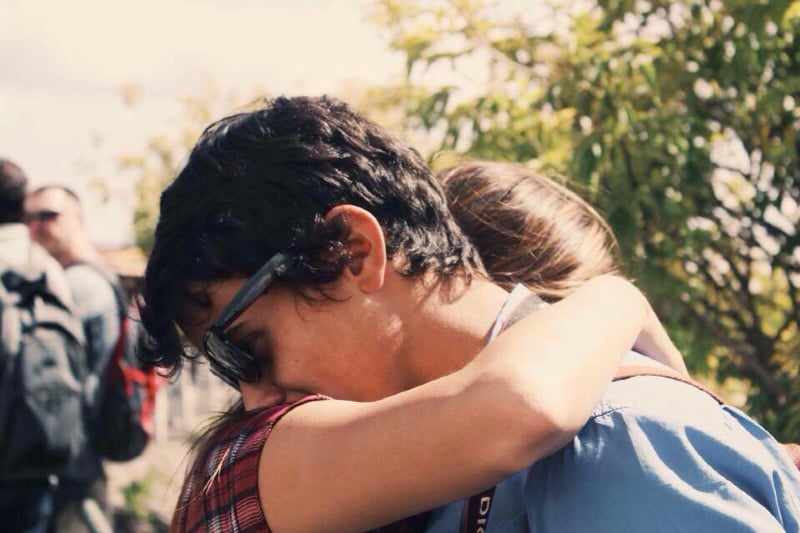As your baby reaches around 6-8 months of age, they may experience separation anxiety. This stage can be challenging, but is natural and crucial for their emotional and cognitive development.
During this phase, which can peak between 10-18 months, babies become more aware of their surroundings and begin to understand the concept of object permanence, which means they realise that objects and people continue to exist even when they are out of sight.
Did you know that play is a wonderful tool for helping them to cope with separation anxiety and to make sense of their world?
In this blog post, we’ll explore what baby separation anxiety is, why it occurs, and offer some fun play ideas to help support your child through this challenging stage.
It’s an indication that your baby has formed strong emotional bonds with their primary caregivers and is now aware of their absence. It is not a sign that you ‘spoil’ them or pick them up or cuddle them too much.
Common signs of separation anxiety in babies include:
- Crying and fussiness when separated from their caregivers.
- Clinging to their primary caregivers and not wanting to be held by unfamiliar people.
- Becoming upset or anxious when the caregiver leaves the room.
- Difficulty sleeping or experiencing disrupted sleep patterns.
- Changes in appetite, eating less, or being more difficult during mealtimes.
- Increased need for comfort and reassurance from their caregivers.
Why does separation anxiety occur?
As they begin to explore the world, they recognise that when you leave, you’re not gone forever. This newfound awareness can lead to moments of distress and insecurity. However, the development of object permanence is a crucial foundation for memory, problem-solving, and logical thinking.
Play ideas to ease baby separation anxiety
Peek-a-boo: This classic game is a wonderful way to introduce the concept of temporary absence and return. Hide your face behind your hands and then reappear, saying, “Peek-a-boo, I see you!” This helps your baby understand that even though something disappears momentarily, it will come back.
Gradual separations: Practise short and predictable separations while reassuring your baby that you will return. Start by leaving the room for a few seconds and gradually increase the time. Chat or sing from the other part of the room or just outside the door (don’t leave them unsupervised). This builds their trust and confidence that you always come back.
Introduce familiar faces: Encourage interactions with other trusted family members or caregivers. Familiar faces will provide comfort and security, reducing anxiety when you need to step away briefly.
Hide-and-seek: Play simple hide-and-seek games with your baby using their favourite toys. Hide the toy under a cloth or behind your back, and then reveal it again. This will intrigue your little one and reinforce the idea that even though they can’t see the toy, it still exists.
Nesting toys: Nesting cups or stacking toys are excellent for teaching object permanence. Show your child how to stack the cups, then let them knock the tower down. This activity helps them understand that objects remain even when the structure changes.
Exploring containers: Provide containers with lids that your baby can open and close. Fill the containers with safe objects, and let your baby discover the joy of finding hidden treasures inside.
Conclusion
Remember, these stages are vital for your child’s emotional and cognitive growth. By engaging in play activities that reinforce trust, predictability, and understanding, you can help ease their anxiety and foster a confident and curious little explorer. Embrace these moments of discovery, and enjoy the wonders of parenting as your child continues to blossom!

 PARENTING TIPS
PARENTING TIPS







 PREGNANCY
PREGNANCY








 BABY CARE
BABY CARE








 TODDLERS
TODDLERS








 TEENS
TEENS








 HEALTH CARE
HEALTH CARE








 ACTIVITIES & CRAFTS
ACTIVITIES & CRAFTS








 CONTACT
CONTACT ABOUT
ABOUT



